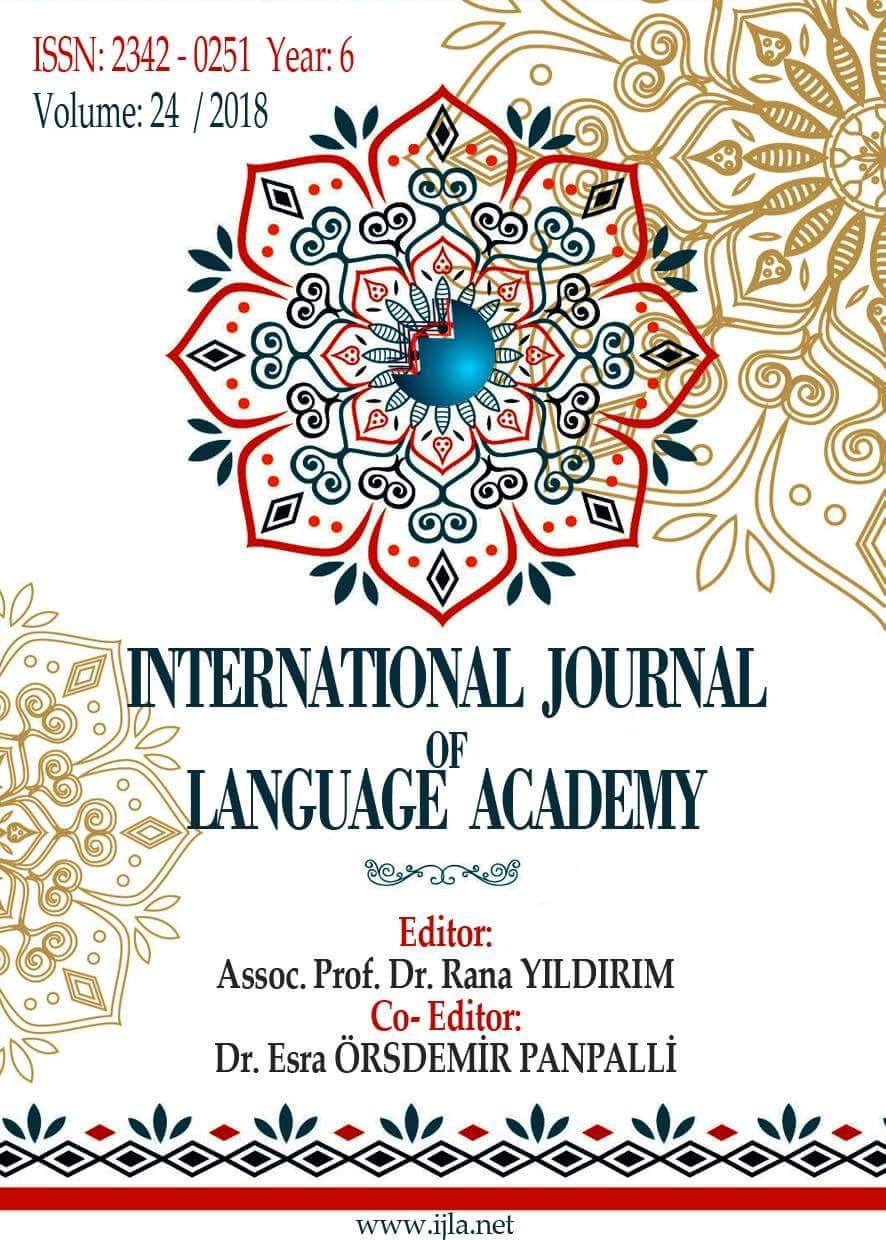“SONSUZA KADAR MUTLU YAŞADILAR, TARİHE DEĞİL, MASALA AİT BİR KAVRAMDIR”: JANE YOLEN’IN MASAL YOLU İLE HOLOKOST ANLATIMI
Author :
Abstract
Art Spiegelman’ın 1980 yılında basılan çizgi romanı Maus yayınlandığında, Holokost türünde anlatının yenilenmesi gerekliliğine dikkat çekildi. Roman Holokost'un yazarlara ve sanatçılara yönelttiği ahlaki zorluğa işaret ederek Holokost edebiyatının sadece metnin söylediği şeyle değil, aynı zamanda nasıl söylediği ile de ilgili olduğunu vurgulamaktadır. 1992 yılında Jane Yolen’ın GrimmKardeşler’in ünlü masala olan Uyuyan Güzel ile Holokost hikayesini birleştirdiği Briar Rose adlı romanında da benzer bir yaklaşım görülmektedir. Masal ve vahşet içeren tarihi bir olayı yan yana koyarak yazar, okuyucuyu yirminci yüzyılın başındaki en önemli zulüm ile yüzleşmek zorunda bırakarak okuyucuya etik bir sorumluluk vermiştir. Her ne kadar roman Gemma’nın geçmiş travmasını hatırlaması ve günümüze aktarması olarak görülse de, bu aktarma sayesinde Gemma hikayenin yazarı ve onu dinleyen Becca da okuyucu olarak görülür. Hikaye içinde yaratılan hikaye aracılığı ile romanın asıl üstünde durduğu Gemma’nın geçmişi nasıl hatırladığı veya bu hatıraları günümüze nasıl aktardığından çok, Becca’nın Gemma’nın geçmişini keşfederek, bu geçmişin nasıl bir parçası haline geldiğini görürüz. Bu makale, romanı yalnızca birinci nesil bir soykırım öyküsü olarak değil, Marianne Hirsch tarafından ortaya atılan bir terim olan “post-bellek kuşağı”nın karşı karşıya kaldığı ahlaki çağrının bir temsili olarak inceleyecektir.
Keywords
Abstract
When Art Spiegelman’s graphic novel Maus was published in 1980, he called attention to the necessity of narrative innovation in the Holocaust genre. He points to the ethical challenge that representing the Holocaust poses to authors and artists, emphasizing that Holocaust literature should never only be about what the text says but also how it says it. In 1992, a similar approach was demonstrated with the publication of Briar Rose by Jane Yolen, in which she merged a story of the Holocaust with the famous tale of Sleeping Beauty by the Brothers Grimm. This very juxtaposition of fairy tale and horrifying history places the reader in a position of ethical responsibility whereby through their own readings they are compelled to confront the primary atrocity of the twentieth century head-on. Notwithstanding the fact that the novel concentrates on Gemma’s remembering and recreating of her previous trauma, by recreating it, Gemma functions as an author, and by listening to her, Becca comes to function as a reader. The novel is thus created through a fiction in fiction, and by focusing on the metafictional quality of the novel, one comes to see that a major concern is on Becca’s discovery of Gemma’s Holocaust past, rather than merely Gemma’s own memory of it. Indeed, Gemma’s remembering of her past through a fairy tale allows Becca to act as an active reader and to fill in the gaps of her grandmother’s story. In this way, the memory of the Holocaust is not sealed by the death of her grandmother, but rather passed down the generations, leaving Becca compelled to contemplate its meaning and confront its horror, creating her own Holocaust experience. This paper will therefore scrutinize the novel not solely as a first generation holocaust story, but as a representation of the ethical call to remember that is faced by “the post-memory generation”, a term coined by Marianne Hirsch.





